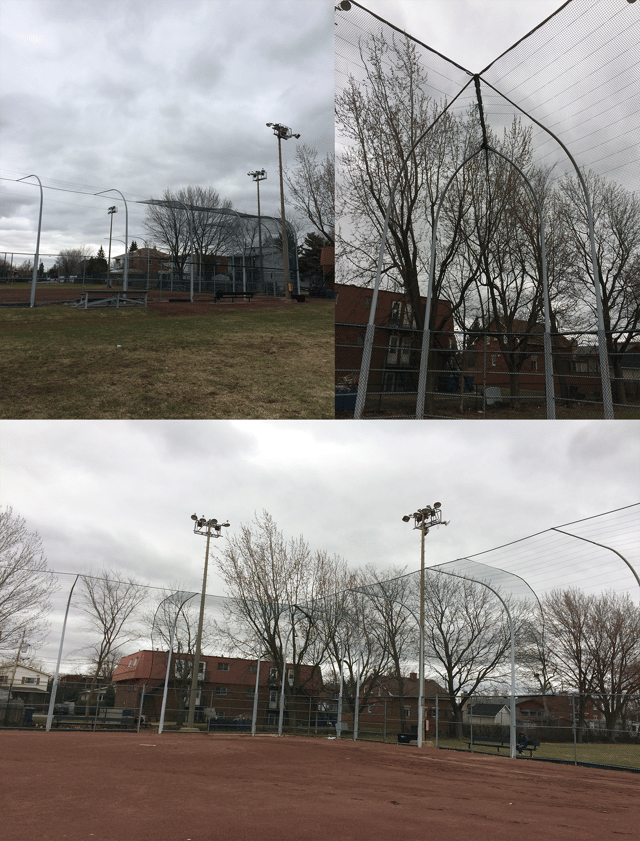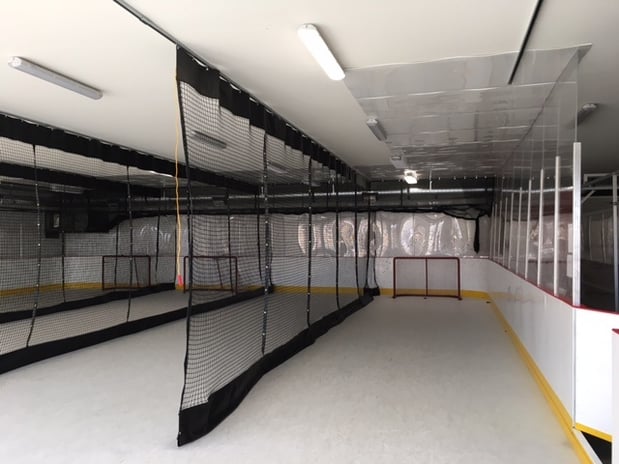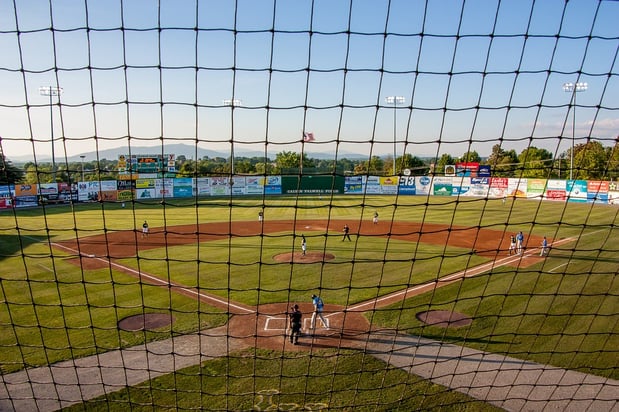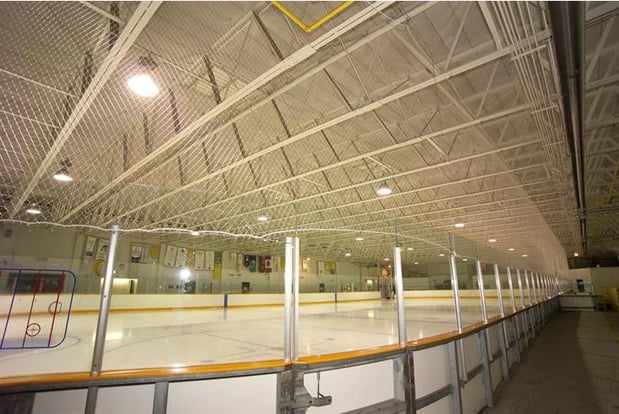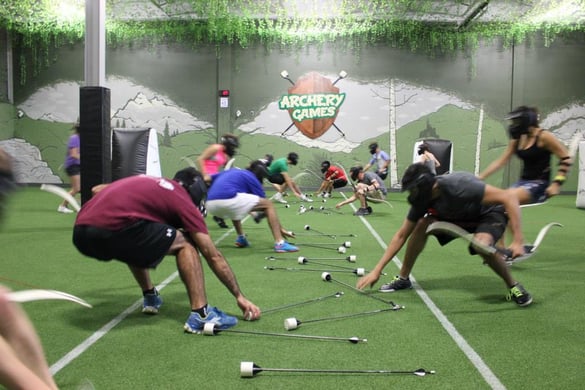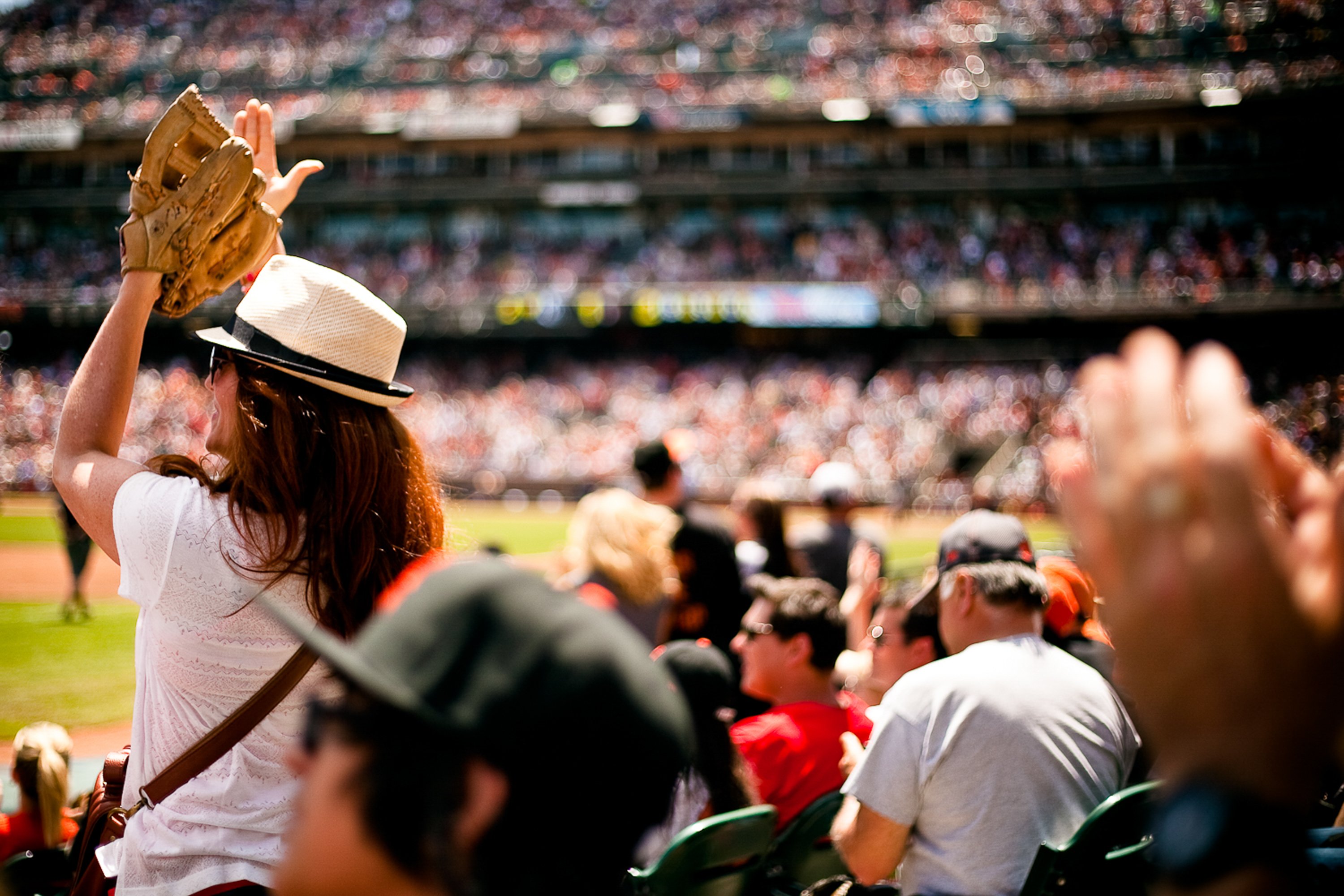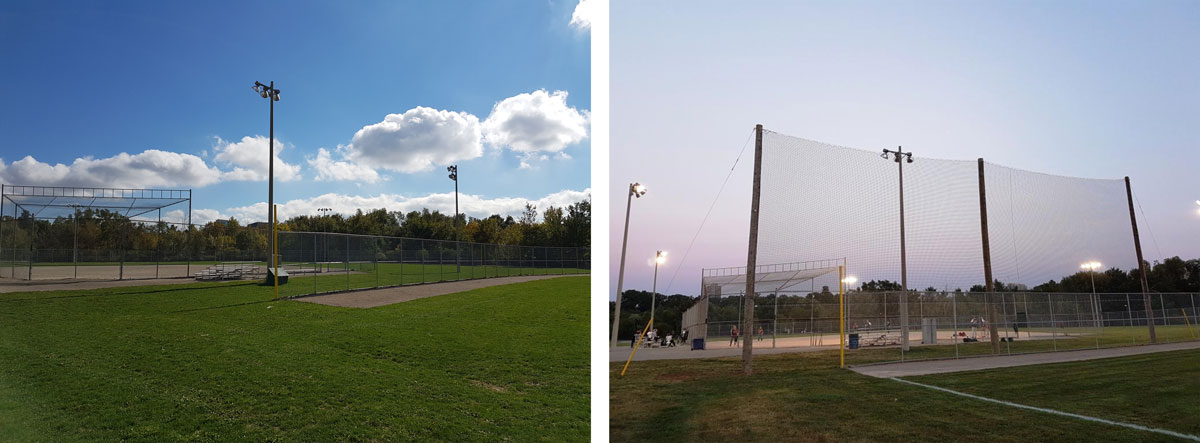
In the name of safety, our team was once again involved in a vital project aimed at reducing the risk of injuries to both spectators and players. The project was brought to our attention last year as we were contacted by officials with the City of Brampton, a suburban neighbourhood located in the Greater Toronto Area.
As a sports-focused community, the City of Brampton has produced several professional-level athletes such as NHL stars Rick Nash and phenom Tyler Seguin, among many others spanning across a variety of sports.
.png)
